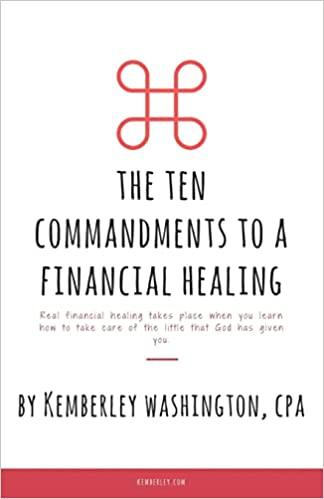Question
Suppose the corporate tax rate is 21%. Consider a firm that earns $1,500 before interest and taxes each year with no risk. The firm's capital
Suppose the corporate tax rate is 21%. Consider a firm that earns $1,500 before interest and taxes each year with no risk. The firm's capital expenditures equal its depreciation expenses each year, and it will have no changes to its net working capital. The risk-free interest rate is 4%.
a. Suppose the firm has no debt and pays out its net income as a dividend each year. What is the value of the firm's equity?
b. Suppose instead the firm makes interest payments of $900 per year. What is the value of equity? What is the value of debt?
c. What is the difference between the total value of the firm with leverage and without leverage?
d. The difference in (c) is equal to what percentage of the value of the debt?

Step by Step Solution
There are 3 Steps involved in it
Step: 1

Get Instant Access to Expert-Tailored Solutions
See step-by-step solutions with expert insights and AI powered tools for academic success
Step: 2

Step: 3

Ace Your Homework with AI
Get the answers you need in no time with our AI-driven, step-by-step assistance
Get Started


